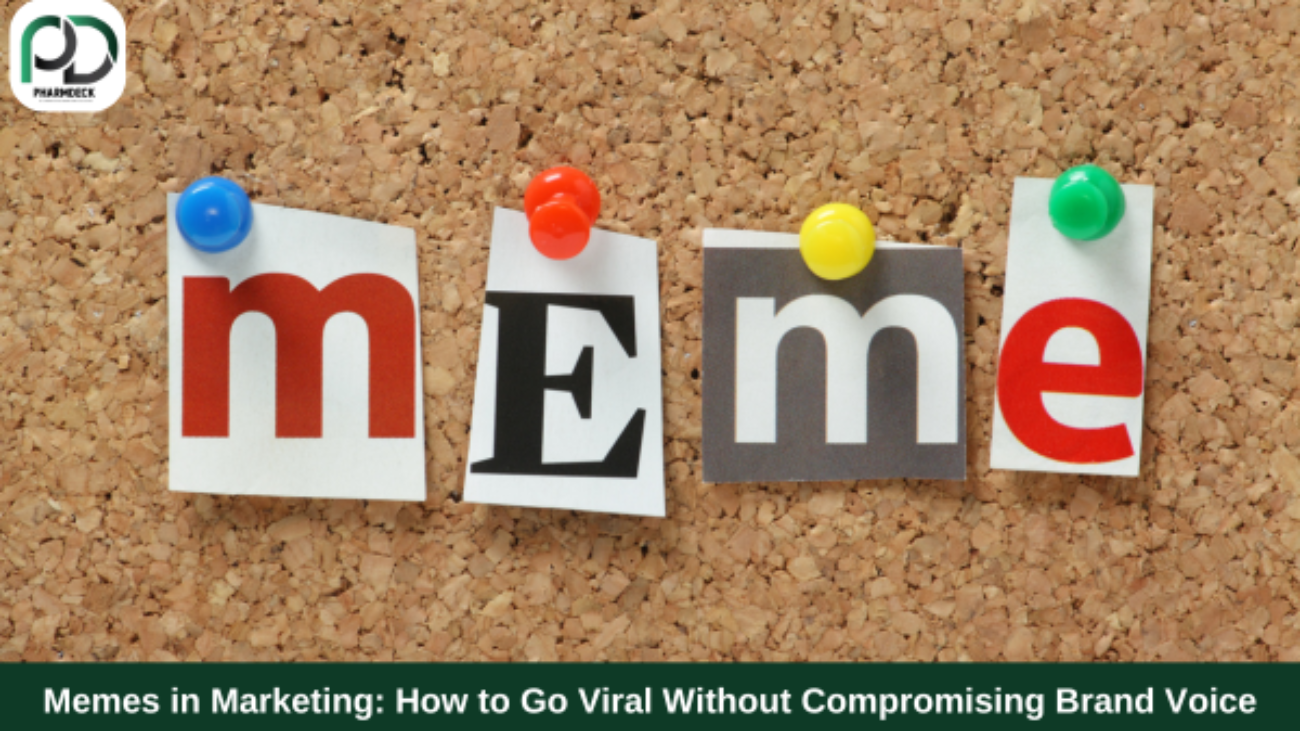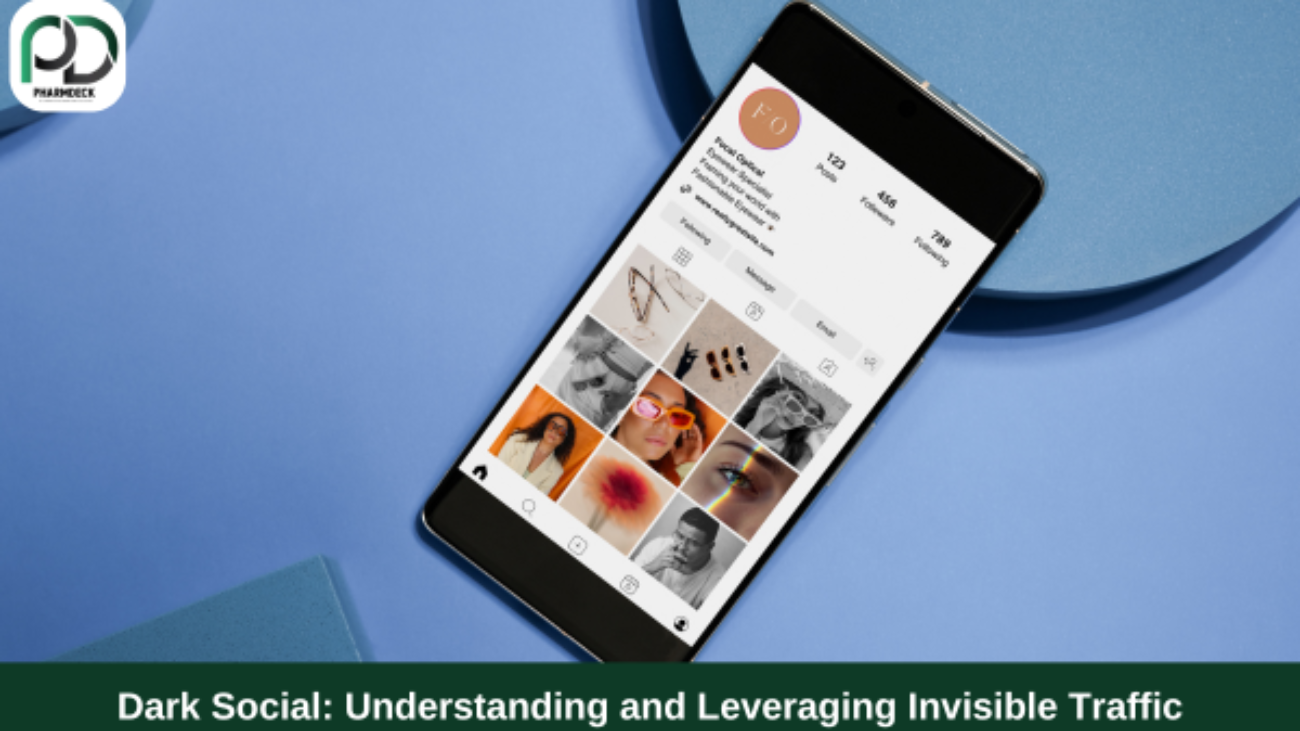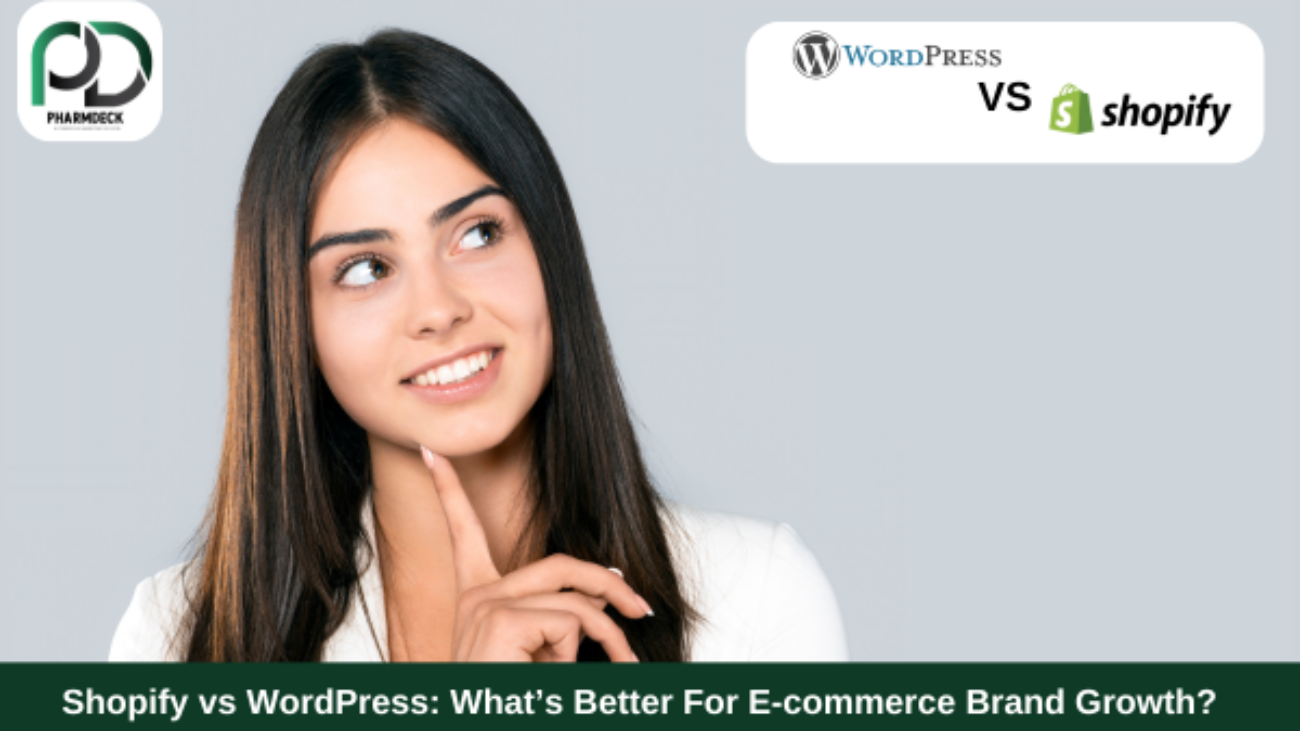Memes have become a universal language of the internet, offering humor, relatability, and a way to connect with audiences on a personal level.
Dark Social: Understanding and Leveraging Invisible Traffic
In the ever-evolving world of digital marketing, “Dark Social” has emerged as a term that captures the mysterious and often overlooked side of online traffic.
5 Creative Video Marketing Ideas for Brands
In today’s fast-paced digital landscape, video marketing has become an essential tool for brands to connect with their audience, enhance engagement, and boost conversions.
Building Trust Online: Why Transparency is Crucial in Marketing
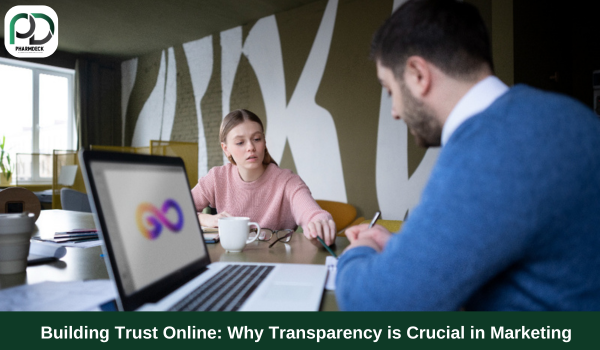
In today’s digital age, where customers have access to countless brands at their fingertips, trust is the cornerstone of successful marketing. Transparency is no longer optional; it’s a necessity for building meaningful relationships with your audience. Here’s why transparency is crucial in marketing and how it can strengthen your brand’s online presence.
Why Transparency Matters
1. Builds Customer Trust
Customers value honesty and authenticity. Transparent practices, such as clear communication and open policies, show that your brand is trustworthy. This trust leads to stronger customer relationships and long-term loyalty.

2. Enhances Brand Reputation
A transparent brand stands out in the crowded marketplace. When you’re open about your processes, pricing, and values, customers perceive your brand as reliable and ethical.
3. Encourages Customer Loyalty
Transparency fosters emotional connections with customers. When they feel valued and informed, they’re more likely to return and advocate for your brand.

4. Improves Decision-Making
Clear and honest communication helps customers make informed decisions. This not only boosts conversions but also reduces dissatisfaction and returns.
Strategies for Embracing Transparency in Marketing

1. Be Honest in Your Messaging
Avoid exaggerations or misleading claims. Ensure your advertising and product descriptions are accurate and reflect the real value you offer.
2. Provide Clear Pricing
Hidden fees and unclear pricing structures can deter customers. Be upfront about costs and offer detailed explanations for any additional charges.
3. Engage Openly on Social Media
Use social media to interact directly with your audience. Address questions, respond to feedback, and acknowledge mistakes to showcase your authenticity.
4. Share Behind-the-Scenes Insights
Give customers a glimpse into your processes, such as product development or company culture. This transparency humanizes your brand and builds trust.
5. Display Customer Reviews
Showcase authentic customer testimonials and reviews, including critical feedback. Addressing negative reviews publicly demonstrates your commitment to improvement.
The Role of Pharmdeck in Transparent Marketing
At Pharmdeck, we understand that transparency is key to successful digital marketing. As a trusted digital marketing agency, we help brands craft authentic strategies that resonate with their audience. From honest messaging to ethical advertising practices, we ensure your brand’s values shine through every campaign.
Conclusion
Transparency is not just a trend; it’s a vital component of modern marketing. By embracing honesty and openness, you can build trust, foster loyalty, and enhance your brand’s reputation. Partner with Pharmdeck to create transparent marketing strategies that drive genuine connections and sustainable growth.
Shopify vs WordPress: What’s Better For E-commerce Brand Growth?
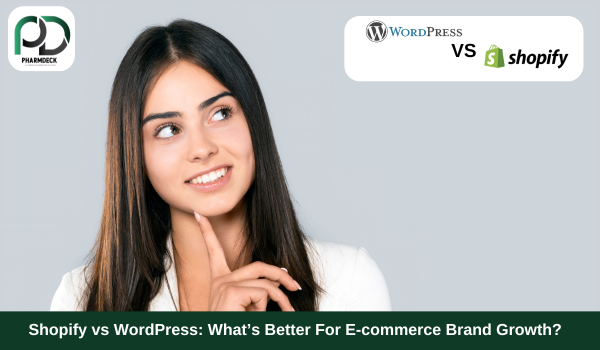
In today’s digital era, having a robust e-commerce platform is crucial for brand growth. Two giants dominate the landscape: Shopify and WordPress (WooCommerce). Both are powerful platforms, but choosing the right one depends on your business goals, technical skills, and long-term vision. In this blog, we’ll explore the features, benefits, and key differences between Shopify and WordPress to help you make an informed decision for your e-commerce brand.
If you’re looking for expert assistance in website development, platforms like Pharmdeck offer tailored solutions to scale your online business.
Overview of Shopify and WordPress
Shopify: Simplified E-commerce
Shopify is a dedicated e-commerce platform designed for businesses of all sizes. It offers a user-friendly interface, built-in tools, and extensive integrations to create a seamless online store.
Key Features of Shopify:
- All-in-one platform with hosting, security, and e-commerce tools.
- Easy-to-use drag-and-drop store builder.
- Integrated payment gateways like Shopify Payments, PayPal, and Stripe.
- 24/7 customer support for technical assistance.
- Mobile-optimized themes for better user experience.
WordPress (WooCommerce): Customizable Flexibility
WordPress, combined with WooCommerce, is an open-source platform that gives businesses complete control over their website. It’s perfect for those who value flexibility and customization.
Key Features of WordPress (WooCommerce):
- Open-source platform with thousands of themes and plugins.
- Full customization for unique store designs.
- Scalability for small to enterprise-level stores.
- SEO-friendly architecture for organic growth.
- Ideal for integrating blogs, portfolios, and e-commerce.
Shopify vs WordPress: Key Comparisons
| Feature | Shopify | WordPress (WooCommerce) |
|---|---|---|
| Ease of Use | Beginner-friendly with minimal setup | Requires some technical knowledge |
| Cost | Subscription-based plans starting at $29/month | Free platform; hosting and plugins cost extra |
| Customization | Limited to Shopify’s ecosystem | Unlimited with plugins and themes |
| SEO Capabilities | Good, but limited flexibility | Advanced SEO tools for organic traffic |
| Scalability | Easy to scale with built-in tools | Highly scalable but requires management |
| Payment Options | Built-in gateways (with transaction fees) | Multiple options; no additional fees |
Which Platform is Best for E-commerce Brand Growth?
Why Choose Shopify?
Shopify is the go-to platform for beginners or businesses looking for a hassle-free experience. Its simplicity allows you to focus on growing your brand without worrying about technical aspects.
Ideal For:
- Small to medium businesses.
- Entrepreneurs with limited technical knowledge.
- Brands seeking quick setup and seamless operations.
Why Choose WordPress (WooCommerce)?
WordPress is perfect for businesses that need advanced customization and scalability. It’s also ideal for content-driven brands that want to leverage blogs or portfolios alongside their e-commerce store.
Ideal For:
- Established brands with specific requirements.
- Businesses with technical support or development teams.
- Brands focusing on SEO for organic growth.
How Pharmdeck Can Help You Succee
Building a scalable and effective e-commerce store requires the right expertise. Platforms like Pharmdeck specialize in website development to help businesses thrive online.
Why Choose Pharmdeck?
- Expertise in creating Shopify and WordPress websites.
- Tailored solutions for your e-commerce goals.
- Integration of advanced tools for brand growth.
- Focus on user experience, SEO, and design aesthetics.
Whether you need a Shopify store with minimal setup or a custom WordPress solution, Pharmdeck has the expertise to turn your vision into reality.
Conclusion
Choosing between Shopify and WordPress (WooCommerce) depends on your business needs, budget, and growth plans. Shopify offers simplicity and ease of use, making it perfect for beginners, while WordPress provides unmatched flexibility and scalability for experienced users.
If you’re still undecided or need professional help, Pharmdeck can guide you through the process, ensuring your e-commerce store is built for success. Take the next step toward growing your brand with a platform that fits your goals!
Organic vs. Inorganic Growth in Digital Marketing for Startups: What’s Best?

Starting a business is like nurturing a sapling; it requires the right resources, strategies, and patience to grow. In the digital marketing realm, startups often face the dilemma of choosing between organic and inorganic growth strategies. Both methods have their pros and cons, and the choice largely depends on your business goals, budget, and timeline.
In this blog, we’ll delve into organic growth, inorganic growth, and which approach is best suited for your startup to thrive in the competitive landscape.
What is Organic Growth in Digital Marketing?
Organic growth focuses on building a brand and generating leads naturally over time. It revolves around the consistent creation of high-quality content, optimizing for SEO, engaging with your audience on social media, and earning customer trust.
Key Benefits of Organic Growth:
- Cost-Effective: Organic marketing often requires time and effort more than hefty financial investments.
- Sustainable: Builds long-term relationships with customers.
- Credibility: Grows trust by providing value rather than advertising hype.
Examples of Organic Marketing Strategies:
- Blogging (like this one!)
- Search Engine Optimization (SEO)
- Social media engagement
- Email newsletters
- Video tutorials or explainer content
At Pharmdeck, our expertise in digital marketing ensures that startups get the tools they need to amplify their organic growth strategies effectively.
What is Inorganic Growth in Digital Marketing?
Inorganic growth refers to gaining visibility and traction through paid methods. This includes paid advertisements, sponsorships, or collaborations to gain immediate attention and leads.
Key Benefits of Inorganic Growth:
- Immediate Results: Faster visibility and lead generation.
- Scalability: You can scale up your campaigns based on the budget and ROI.
- Targeted Audience: Reach specific demographics with precision.
Examples of Inorganic Marketing Strategies:
- Pay-per-click (PPC) advertising
- Social media ads
- Influencer partnerships
- Paid email campaigns
Pharmdeck offers tailored digital marketing campaigns that align your inorganic efforts with measurable ROI.
Organic vs. Inorganic: Which is Better for Your Startup?
Choosing between organic and inorganic growth depends on various factors such as:
- Your Budget: If funds are tight, organic growth provides a cost-effective solution.
- Your Timeline: For quick visibility, inorganic methods work best.
- Your Goals: To build long-term credibility, go for organic strategies. For instant leads or sales, invest in inorganic campaigns.
A Balanced Approach
A smart strategy often involves a mix of both. For instance, you can use organic growth to build a loyal customer base and inorganic methods to drive traffic for specific campaigns.
At Pharmdeck, we specialize in combining organic and inorganic digital marketing strategies to create a comprehensive growth plan tailored for startups.
Conclusion
For startups, the key to success lies in understanding their audience and leveraging a mix of organic and inorganic strategies to achieve sustainable growth. Whether you want to create engaging content or drive immediate leads through ads, the right digital marketing strategy can transform your business.
If you’re ready to take your startup to the next level, partner with Pharmdeck. Let us help you craft a growth strategy that aligns with your vision.
Visit Pharmdeck to learn more about how we can support your digital marketing journey

